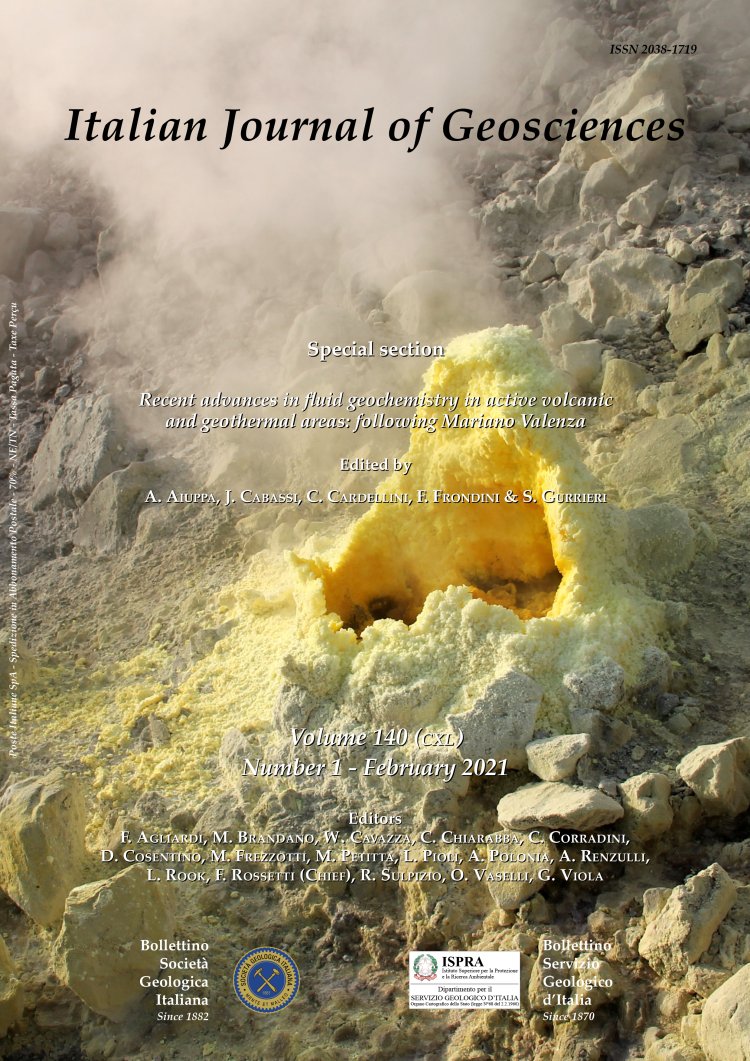
Chemical characterisation of the gases released at Gyali Island, Dodecanese, Greece and preliminary estimation of the CO2 output
Kyriaki Daskalopoulou (1), Sergio Calabrese (2,3), Antonina Lisa Gagliano (3), Konstantinos Kyriakopoulos (4), Lorenza Li Vigni (3), Manfredi Longo (3), Giovannella Pecoraino (3) & Walter D’Alessandro (3)
(1) GFZ German Research Centre for Geosciences, Physics of Earthquakes and Volcanoes, Helmholtzstraße 6/7, 14467, Potsdam, Germany.
(2) Università degli Studi di Palermo, Dipartimento di Scienze della Terra e del Mare, via Archirafi, 36, 90123, Palermo, Italy.
(3) Istituto Nazionale di Geofisica e Vulcanologia, Sezione di Palermo, via Ugo la Malfa 153, 90146, Palermo, Italy.
(4) National and Kapodistrian University of Athens, Department of Geology and Geoenvironment, Panepistimioupolis, Ano Ilissia, 15784, Athens, Greece.
Corresponding author e-mail: walter.dalessandro@ingv.it
Abstract
Keywords
Get Full Text Supplementary Material